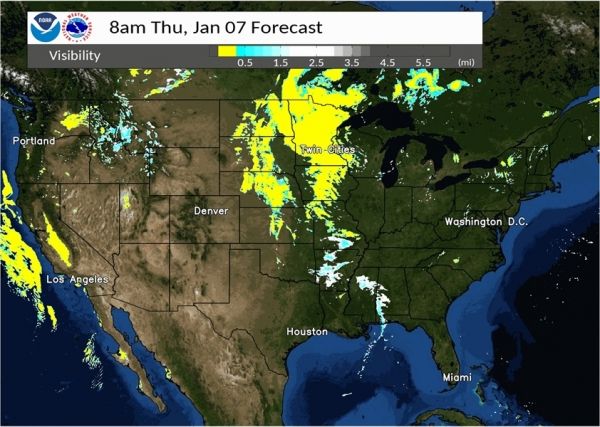From its inception as an experiment to improve forecasts for aviation, to the transition of its final update to NOAA National Weather Service operations on December 2, the Global Systems Laboratory’s pioneering High-Resolution Rapid Refresh weather model established a remarkable resume of research accomplishments.
Experimental versions of the HRRR improved the accuracy of short-term hazardous weather model predictions, icing and fog guidance for aviation, as well as better predictions of precipitation from long trains of Pacific storms called atmospheric rivers, which are vital to California’s water supply. Another version improved prediction of low-level winds in complex terrain, leading to more efficient wind energy production. Transmission grid operators use HRRR forecasts to factor weather conditions into calculations of how much energy they can send down high-voltage lines.
One experimental version that’s received prominent national exposure has been HRRR-smoke, which for the past three years, has become the go-to way for forecasters, public health officials, emergency operations and wildland firefighting managers to visualize the extent and spread of wildfire smoke across the country during fire season.
Continue reading at NOAA Research
Image via NOAA Research


